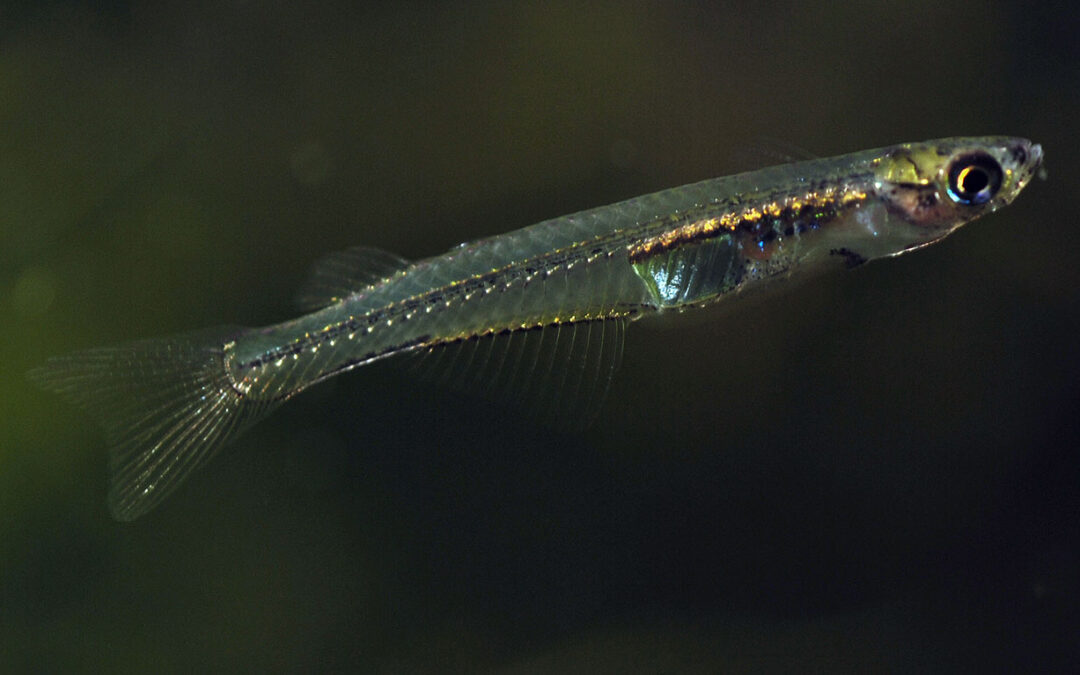Extremely complex pudenda occur in some of the smallest of vertebrates.

Prof. Mumblebard claims: “The position and the proportional size and complexity of the intromittent organ of the priapiumfish and some of its relatives are remarkable. These oviparous fishes are so small that they would be expected to reproduce most efficiently by means of external fertilization. The anomalous evolution of the intromittent organ of the priapiumfish is unexplained.”
Robin and the Honey Badger respond: “The genital undercarriage of the priapiumfish – which is located under its head – consists of components as varied as an ejaculatory tube, a false phallus, a hook, and a sucker-like disc. These phallic accessories, all presumably participating in copulatory anchoring and penetration, are supported by their own bony skeleton despite their tiny size. Even odder, their front-to-back and side-to-side arrangement makes these genitals an unusual example of bilateral asymmetry in vertebrates. In its complexity, the copulatory complex of the priapiumfish shows parallels with the basking shark: in both cases, males are equipped to compete indirectly by removing the sperm of any previous copulation. Although the finger-like phallus of the priapiumfish lacks any ejaculatory passage, we postulate that it may nevertheless be inserted into the vagina, not to inseminate but rather to remove sperm packages deposited by other males. The habitat of the priapiumfish is rivers or canals near the coast, where the water is fresh but rises and falls subject to tidal influences and – on a large scale – the seasonal ebbs and flows of the monsoons. It therefore makes sense that the priapiumfish would have an extreme delay between mating and egg-laying, with insemination taking place during the dry season, when its populations are concentrated in reduced bodies of fresh water, and eggs being laid in the extensive waters of the wet season where competition for food is minimal. Genital complexity in priapiumfishes may have evolved because females must – despite their diminutive size – store sperm for several months and males cannot deposit their own sperm without first emptying the female tract.”

Please join us here at the Bio-edge with your own comments. In the discussion below we encourage links to any evidence supporting either Prof. Mumblebard or Robin and the Honey Badger. Illustrations are welcome but please cite all sources or we may be forced under copyright to delete your comment.
***
Featured image: Male Neostethus lankesteri of the family Phallostethidae (also known as priapium fish) by Mike Noren (CC BY-SA 3.0, Male Priapium Fish)

